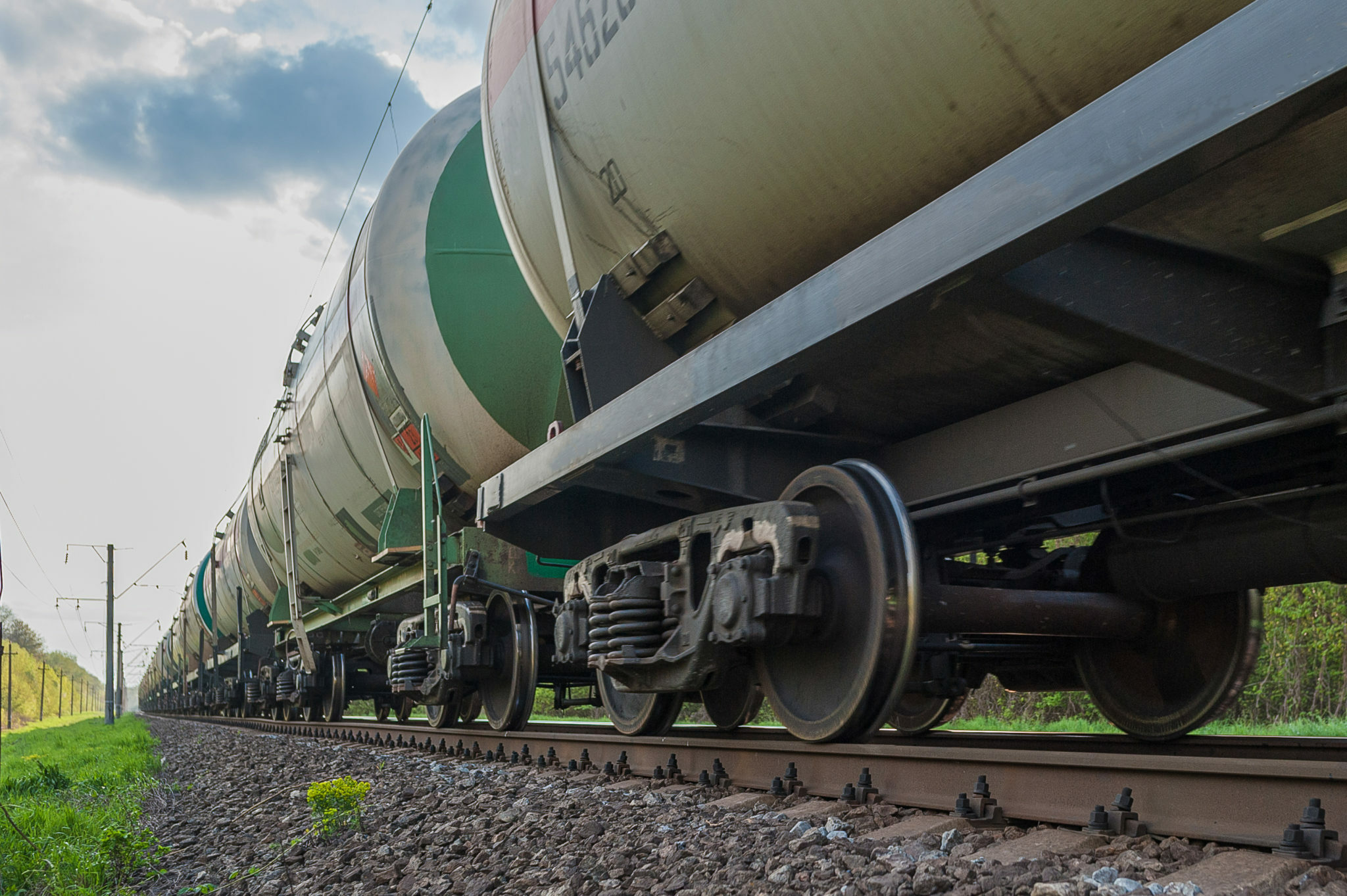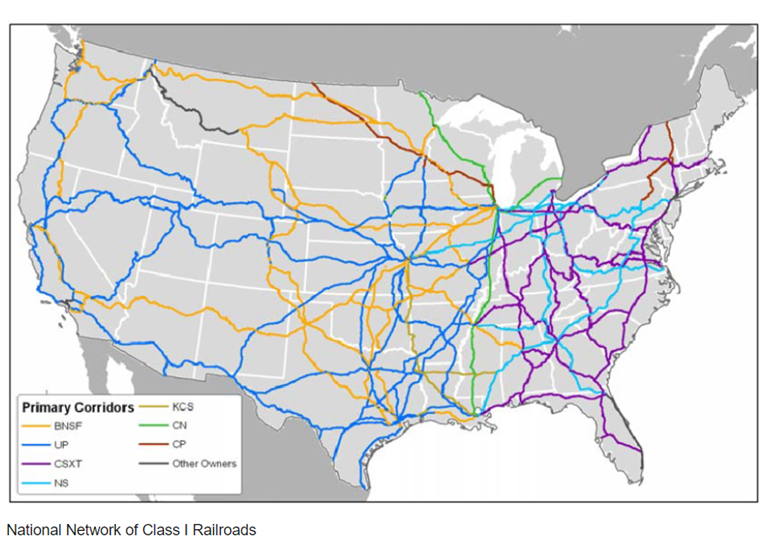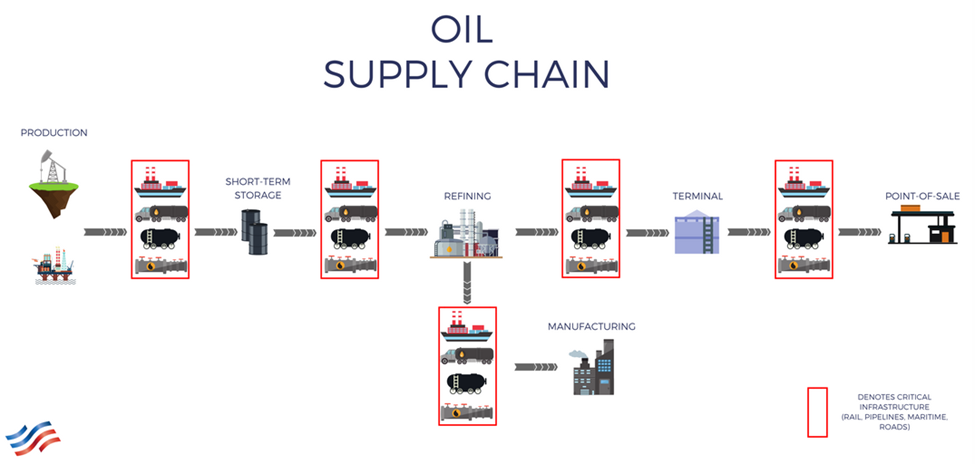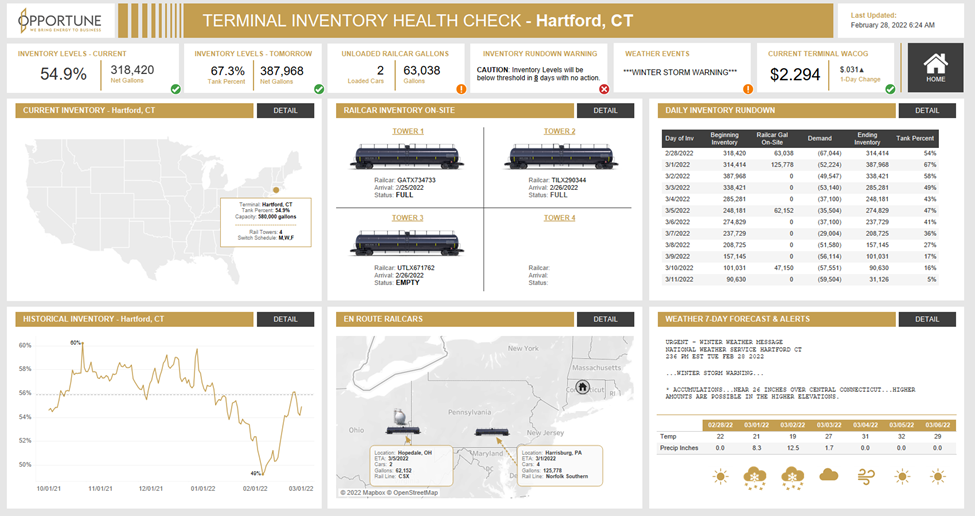Shocking The Supply Chain: How The Threat Of Rail Strikes Exposes The Weakness Of Logistics

Find out why the threat of a rail strike exposes the weakness of supply chains and what companies can do to manage disruptions of this magnitude.
Over the past few years, we’ve faced and weathered tough crises—from Covid to war to inflation—each one disrupting some aspect of the supply chain. Today, there’s another shock to the system in the form of a potential rail strike that, without congressional or White House intervention, could threaten to plunge a fragile supply chain into chaos and send shockwaves throughout the energy industry.
What could make this particular supply chain disruption event different and more spectacular than the rest? Why is so much emphasis placed on transportation logistics and forecasters predicting a doom and gloom supply chain Armageddon scenario?
Why Is Rail So Critical To Supply Chains?
The answer is simple: logistics is critical to supply chain management. The supply chain crumbles without a reliable source for the bulk transport of goods. Within the energy industry, logistics is critical to get inputs to refiners and chemical manufacturers, as well as move finished products to terminals and end customers.
READ MORE: Myth vs. Reality: First Steps In Supply Chain Optimization
Today, railroads account for 27% of freight deliveries as of 2020. Their pervasiveness across the United States makes them an ideal form of transportation to deliver goods for longer distances than any other mode. Second only to truck transport for ton-miles comparison in the U.S., each bulk and merchandise train can carry a load of up to 500 trucks. In fact, freight trains can move one ton of freight over 450 miles on a single gallon of fuel. This makes them more efficient for the transport of products.

Likewise, railroads serve as the critical linkage for the bulk delivery of products to and from ports and truck terminals. They offer the intermediary link for intermodal transportation. As the industry has evolved, intermodal transportation has risen to accommodate. According to the Association of American Railroads (AAR), railroads have kept pace with this growth. Double-stacked containers, specifically designed terminals, and improved technology for loading and unloading railcars have created efficiencies in this transportation.
Crippling Issues That Could Come As A Result Of A Rail Strike
Supply chains are comprised of a multitude of individual actors working within their respective silos of expertise. Gone are the days when one company focuses on all aspects of the supply chain. Therefore, each component of a supply chain needs to continue to function and provide signals both upstream and downstream to each of the actors.

For example, in the context of energy, producers sell crude oil to refiners. Since many refineries aren’t built next to the crude oil reserves, transportation is required to move the crude oil to the refinery. This is accomplished via pipeline, truck, rail, or vessel. The refinery negotiates a transportation schedule to consistently bring crude oil to maintain specific inventory targets. Refinery planners do this since they know how much and how quickly they must consume the crude to produce the finished products. Refiners run at a specific rate to create products that are marketed to end customers. And, given that there is a limited amount of inventory, they must negotiate again with logistics companies (truck, rail, pipeline, and vessel) to move the finished products out to terminals and end customers.
If one piece of the supply chain shuts down, it backs up the other sections. In our example, if rail transportation is cut, then crude oil cannot utilize this form to get from production sites to the refinery. Both the producer and refinery must seek alternative methods. Given the difficulty of building pipelines, this may force producers and refineries to use less efficient trucks; in other words, less inventory is being moved at higher costs. Or, if the distance is too great, then the producer must find new end customers or shut down production. Likewise, the refinery must make alternative arrangements.
While this is a simplistic picture of a complex web, the main takeaway is that logistics is the backbone to moving inventory throughout the supply chain—first raw materials into a refinery and then finished goods to an end customer or market.
But, even with an efficient rail network, there are still issues to overcome. Given that inventory storage is finite for each actor in the supply chain, timing is critical. Therefore, not only are the correct capacity of railcars necessary to pick up the correct amount of product but also the timing is critical to make sure that the goods arrive within the scheduled window.
A refinery is complex and utilizes a varied slate of crude oil to produce finished products efficiently. If inventories of a critical input like crude oil are delayed, the refiner must scramble for a substitution or face a slowdown in production. This, in turn, delays the production of finished goods and getting those to end customers—like diesel fuel delivered to a trucking company.
Now, this should shed light on the statement that according to the AAR, a rail strike would cost the U.S. economy $2 billion per day.
What Can Be Done? Hope Amid Daunting Anxiety
The threat of a potential rail strike serves as an important reminder of the dependency that the supply chain has on logistics. However, all is not lost. Companies can take steps now to manage this risk.
First, companies can focus on digitizing part or all of the supply chain. Focus on tracking and tracing technologies to manage logistics. Integrate tracking and tracing into inventory tracking systems. It’s not good enough just to know the location of railcars. A company needs to understand the linkage of the product being transported and what that is expected to do with scheduled inventories. Remember, assets are being optimized and accurate inventory is critical to managing overall working capital.
READ MORE: Strategic Cost Management: Uncovering Supply Chain Inefficiencies
Integration is important across the various modes of transportation into a central hub. Users need to quickly see the overall health of each of the distribution channels and know if there are issues within the channel or with the entire mode (as almost was the case with rail). The integration of processes serves to automate the transactional level and details. The result offers flexibility for a company when one route, channel, or mode is constrained. The company must pivot to continue its logistical operations and serve its customers.
By digitizing the supply chain, companies can more easily visualize the entire network and quickly identify issues based on signals. Our experts at Opportune with deep knowledge in logistics and visualization capabilities combine to present those signals in a way that provides lead time for companies to act. Our resources have deep technical knowledge of the implementation of these systems and the necessary linkages and integration between them.

Through integration with tracking and tracing a company can see capacity constraints and the effects of varying schedules on inventory. The above dashboard represents a combination of the logistical data with inventory to provide a holistic picture. Building off the tracking and tracing of railcars, the dashboard provides an inventory rundown and overall projection. Weather data is incorporated to round out the picture and provide an analysis of the estimated time of arrival for upcoming railcars to the terminal.
The result is a powerful combination that truly allows companies to manage their supply chain and not just react to the constant barrage of issues plaguing it.
About The Experts
Patrick Long is a Director in Opportune LLP’s Process & Technology practice based in Houston. Patrick has over 20 years of experience in providing clients with energy trading and risk management, packaged software implementation, trading and risk processes, and business process automation. Patrick focuses his time on studying supply chain issues and implementing optimization. He helps transform capabilities from non-existent to best-of-breed solutions. His current focus for clients is making sense of inventory and the supply chain to address management questions. He enjoys thinking of ways to thwart irrational human behavior and its effects on optimization. Before Opportune, Patrick worked in the energy consulting trading and risk systems practice at Accenture where he managed project teams through the entire process of software selection to the successful implementation of trading and risk management systems for energy trading entities.
Michael Wohlfarth is a Manger in Opportune LLP’s Process & Technology practice based in Audubon, NJ. Michael has nearly a decade of experience working with clients to improve their overall visibility of data through actionable analytics and business intelligence. Michael focuses his time on careful analysis of business issues and then masterfully pulls disparate sets of data together to create state-of-the-art executive dashboards. He enjoys solving complex supply chain issues and surfacing difficult issues so that they can be addressed on time. Before Opportune, Mike spent seven years at Amerigas working with suppliers and retail organizations across many business functions. His experience working for Amerigas taught him the importance of analytics and weather and the power of planning vs. being reactive.
Related Insights
Our experts are here
for you.
When you choose Opportune, you gain access to seasoned professionals who not only listen to your needs, but who will work hand in hand with you to achieve established goals. With a sense of urgency and a can-do mindset, we focus on taking the steps necessary to create a higher impact and achieve maximum results for your organization.
LeadershipGeneral Contact Form
Looking for expertise in the energy industry? We’ve got you covered.
Find out why the new landmark legislation should provide a much-needed boost for the development of carbon capture.





